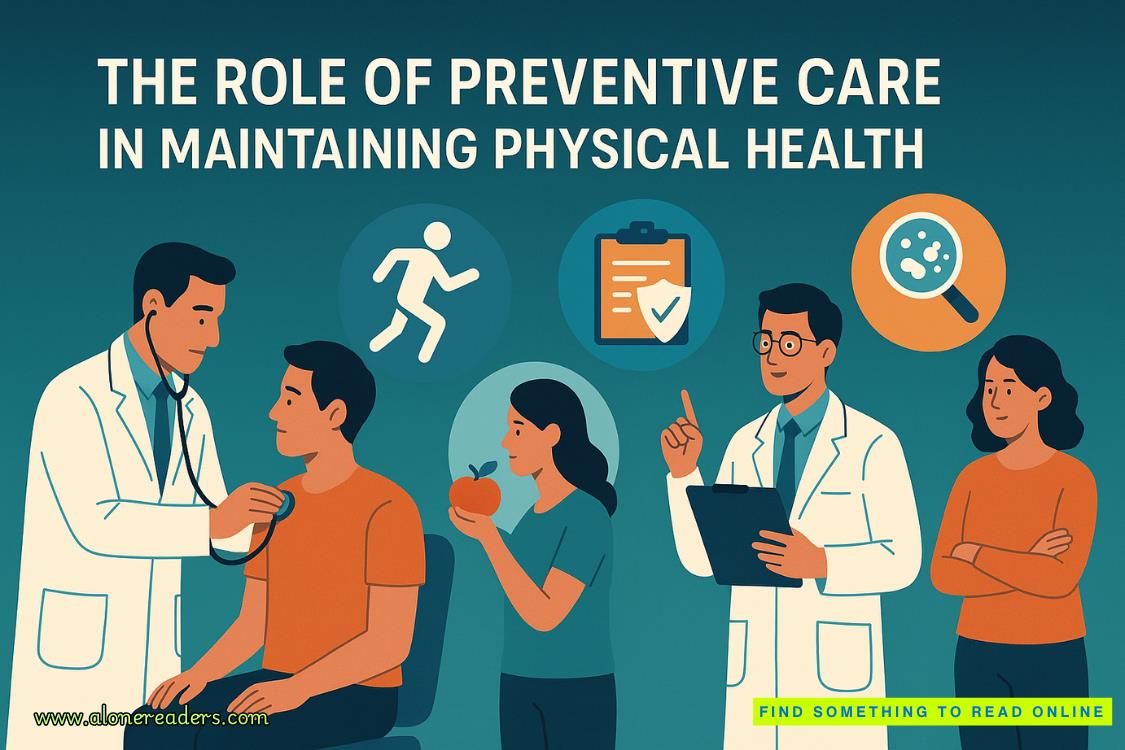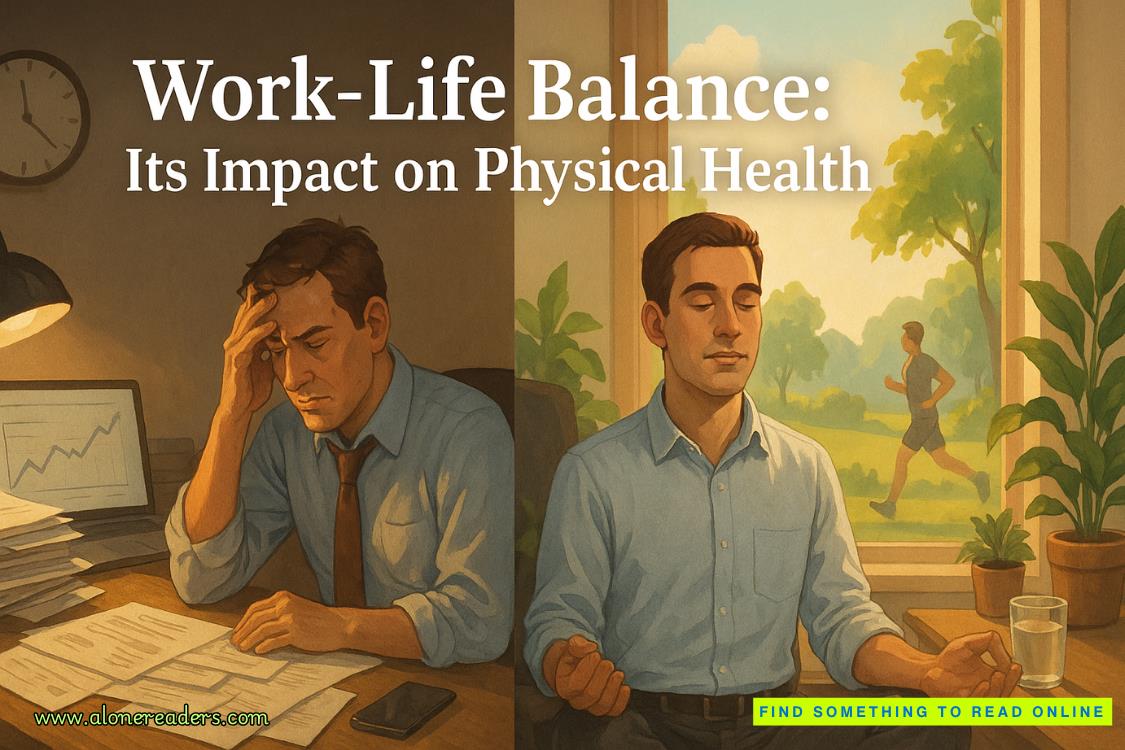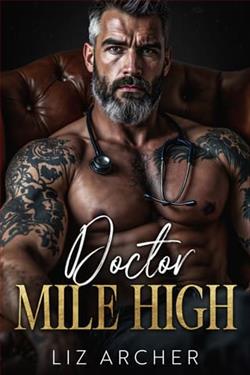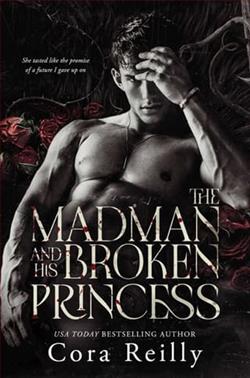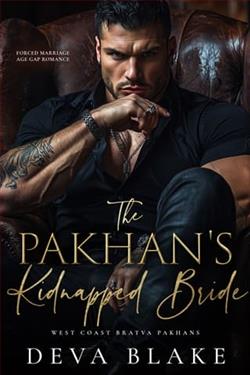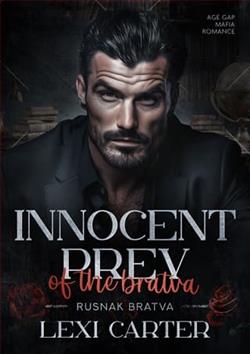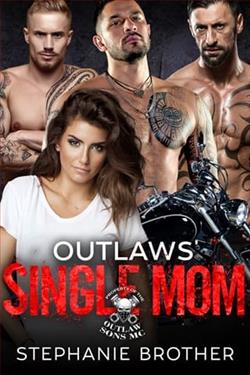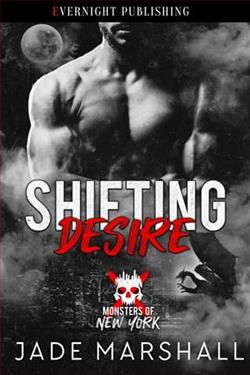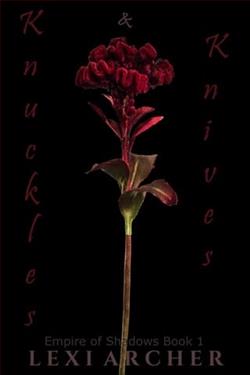Page 87 of The Song Rising
“I didn’t get a chance to examine this properly in the loading bay,” she said, by way of explanation. Her fingers skimmed over the barrel. “SL-59. The ‘S’ stands forScion. As for the second letter, that’s usually the designer’s initial.” She inspected different parts of the gun. “Ah, there it is . . . Lévesque.”
“Someone you know?”
“Only by reputation. Corentin Lévesque, a French engineer.”
“And aside from the space for a Senshield . . . connector, there’s nothing unusual about the gun?”
“Not that I can see.”
The next step had to solve the puzzle. It had to show us how the scanners were linked to the core. I lowered my head back on to my arm and, despite the fact that Vance’s face still hovered before mine like a portent, drifted into a fitful sleep.
The Scion Citadel of Edinburgh, regional capital of the Lowlands, was cloaked in coastal fog. After the effluvia of Manchester, the air tasted almost sweet—but it was also much colder, lashed by wind from the North Sea. The driver who had brought us here presented me with a key and told us where to find the safe house.
The streets were quiet in the small hours, which was fortunate, given what we were carrying. There were no skyscrapers here. It was an opium-dream of a time long past; a city of bridges and crumbling kirks. Mist laced around the old stone buildings, which had rooftops crowned with snow. Edinburgh was sometimes called the Grand Smoke, and now I knew why: there were chimneys everywhere, and it seemed as if we were walking through a cloud. The citadel was carved into the unruly Old Town, where the laborers and service workers dwelled, and the more modern and expensive New Town.
On a ledge of volcanic rock, a decaying fortress knelt on the skyline of the citadel.
“Edinburgh Castle,” Eliza said. “They say it’s haunted by the spirits of the Scottish monarchs.”
“You read Jaxon’s history books, too?”
“Every one. Jax taught me to read with those.”
Jaxon still eluded me. It was all too easy to think of him as the enemy, the traitor. Yet this was a man who had taught an orphaned artist to read. She hadn’t needed to know her letters to earn him money.
Our little party traversed the lantern-lit stairways that squeezed between the houses.
“It’s good to see Scotland,” Tom said hoarsely. His face was losing color. “Just need . . . a lie-down.”
Maria rubbed his back. “You’re getting too old for this.”
His laugh was more of a wheeze.
We pressed on through the citadel: past a train station, across a bridge, and up a narrow street. Chandleries and apothecaries, cutlers and wigmakers, bakeries and bookshops nestled together on the stony incline.
The safe house was in an alleyway halfway up, blocked off by an iron gate. When she read the gold letters above it, Eliza tilted her head.
“Anchor Close? Is this a joke?”
“Best place for a safe house,” Maria said. “Who’d dare put rebels in Anchor Close?”
The gate let out an agonized creak. The safe house was up the flight of steps beyond. Its windows were shrouded by curtains, their sills capped with moss, and a lantern sputtered beside the door. It took my shoulder to open it. The smell of mold snaked out from inside.
The décor was as melancholy as the exterior. Claret walls patterned with floriated designs, coated with decades of grime. Furniture that looked as if a pennyweight could break it. Some dusty numa were piled on a table, guarded by a ghost, which drifted sullenly away from us as we shuffled into the hallway. As we shucked our coats, Tom began to wheeze. I reached for his hand. Cold as marble.
“Tom,” I said, “what’s wrong? Is it your leg?”
“Aye, it’s . . . giving me trouble. I’ll live, Underqueen.”
The words winded him. I squeezed his arm.
“I’m taking him upstairs,” Maria said, her tone clipped. “Eliza, get the painkillers. In my pack.”
As Tom mounted the stairs, leaning heavily on the banister, I caught Maria by the sleeve and said quietly, “It’s not his leg. Something else is wrong.”
“How do you know?”
“He’s not getting enough oxygen. I know the signs.”




